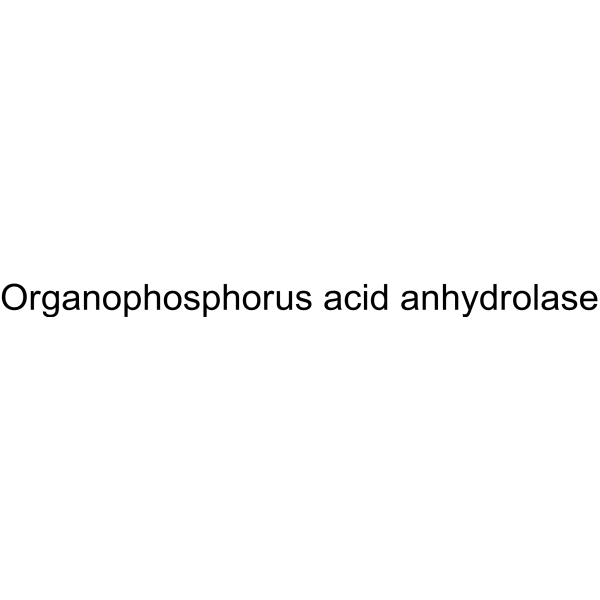Deactivating chemical agents using enzyme-coated nanofibers formed by electrospinning.
D Han, S Filocamo, R Kirby, A J Steckl
文献索引:ACS Appl. Mater. Interfaces 3(12) , 4633-9, (2011)
全文:HTML全文
摘要
The coaxial electrospinning technique was investigated as a novel method to create stabilized, enzyme-containing fibers that have the potential to provide enhanced protection from chemical agents. Electrospinning is a versatile technique for the fabrication of polymer fibers with large length (cm to km): diameter (nm to μm) aspect ratios. The large surface to volume ratios, along with the biofriendly nature of this technique, enables the fabrication of fiber mats with high enzyme concentrations, which amplify the catalytic activity per unit volume of membrane. Blended composite (single-source) fibers incorporate enzyme throughout the fiber, which may limit substrate accessibility to the enzyme. In contrast, core/sheath fibers can be produced by coaxial electrospinning with very high enzyme loading (>80%) in the sheath without noticeable loss of enzymatic activity. Several core-sheath combinations have been explored with the toxin-mitigating enzyme DFPase in order to achieve fibers with optimum properties. The concentration of fluoride released, normalized for the amount of protein incorporated into the sheath, was used as a measure of the enzyme activity versus time. The coaxial core/sheath combination of PEO and DFPase produced the highest activity (~7.3 mM/mg).© 2011 American Chemical Society
相关化合物
| 结构式 | 名称/CAS号 | 分子式 | 全部文献 |
|---|---|---|---|
 |
二异丙基氟磷酸酶
CAS:9032-18-2 |
|
Tyrosine-Specific Chemical Modification with in Situ Hemin-A...
2015-11-20 [ACS Chem. Biol. 10 , 2633-40, (2015)] |
|
Development of a high-throughput screening for nerve agent d...
2010-04-01 [Toxicol. In Vitro 24(3) , 1026-31, (2010)] |
|
Inhibitory potency against human acetylcholinesterase and en...
2008-05-06 [Biochemistry 47(18) , 5216-24, (2008)] |
|
In vitro toxicokinetic studies of cyclosarin: molecular mech...
2014-05-16 [Toxicol. Lett. 227(1) , 1-11, (2014)] |
|
Quantification of hydrolysis of toxic organophosphates and o...
2009-02-15 [Anal. Biochem. 385(2) , 187-93, (2009)] |